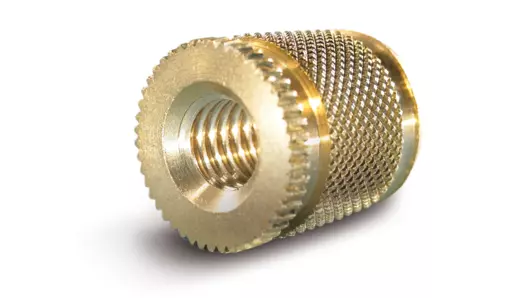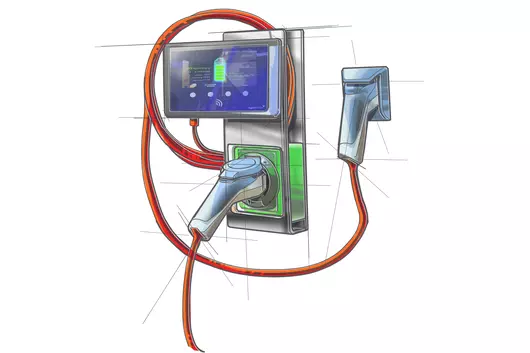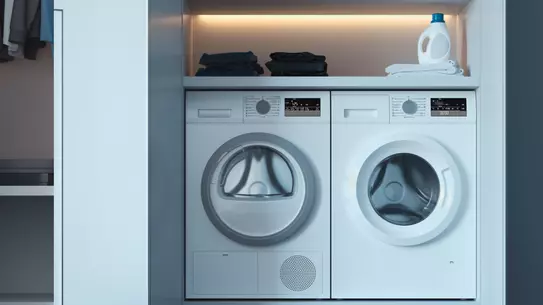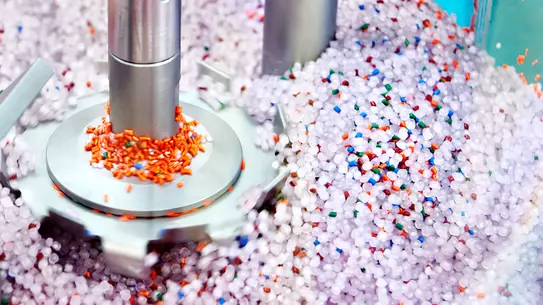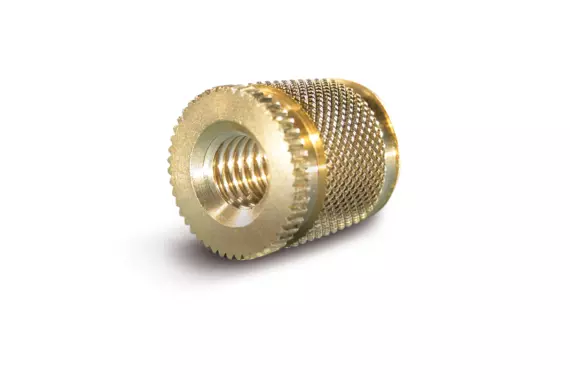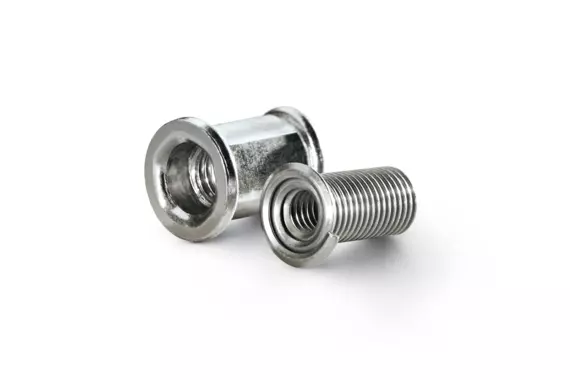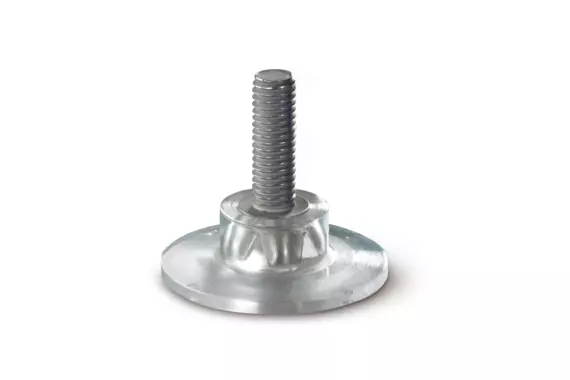Principle
The HITSERT® 2 thread insert is heated to the melting temperature of the plastic. As a result of the heat transfer upon insertion, the plastic is plasticised for a short time and flows into the undercut of the thread insert. As the plastic cools, it creates a tight fit with low stress.
Advantages
- Ideal for thermoplastic materials
- Specially designed for thermal installation
- Screw-locked and low-tension anchoring
- High pull-out values
- Efficient installation with single-mandrel, multi-mandrel and automated insertion machinery with preheating device

